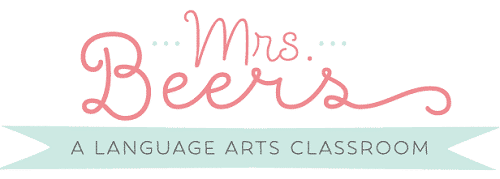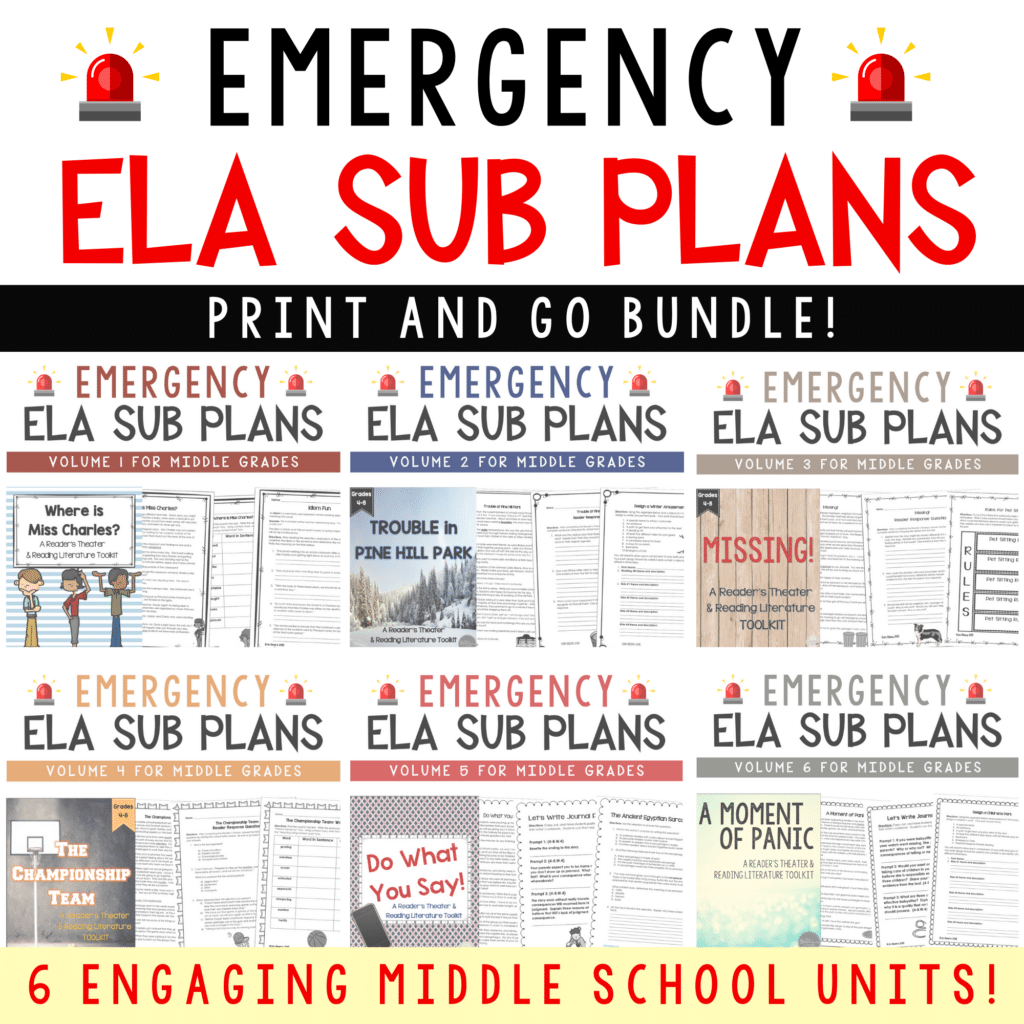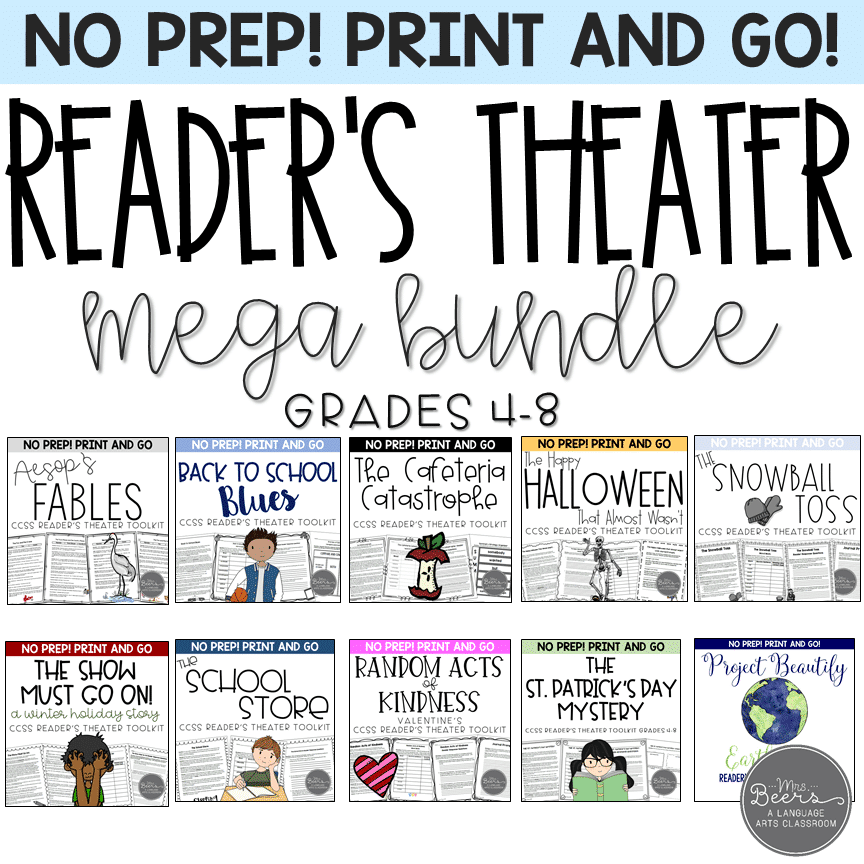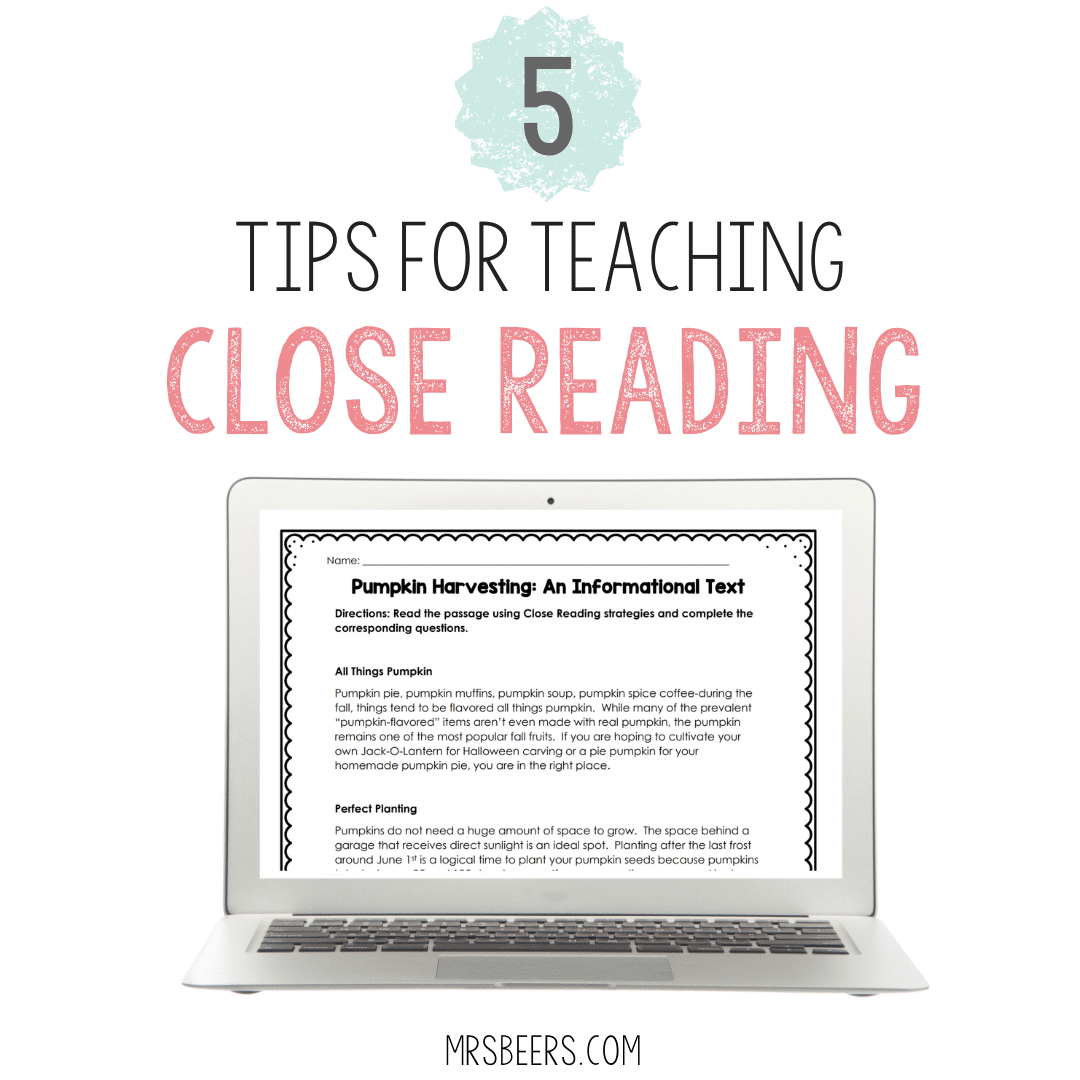
Close reading is a reading strategy that I utilize with my students ALL YEAR, but during test-prep time, it gets a bit more focused. By having students read a passage multiple times and markup the text as they are reading, they will become more focused and attentive readers. If you are looking for a way to enhance your students’ work with close reading, here are some strategies that have worked for me…
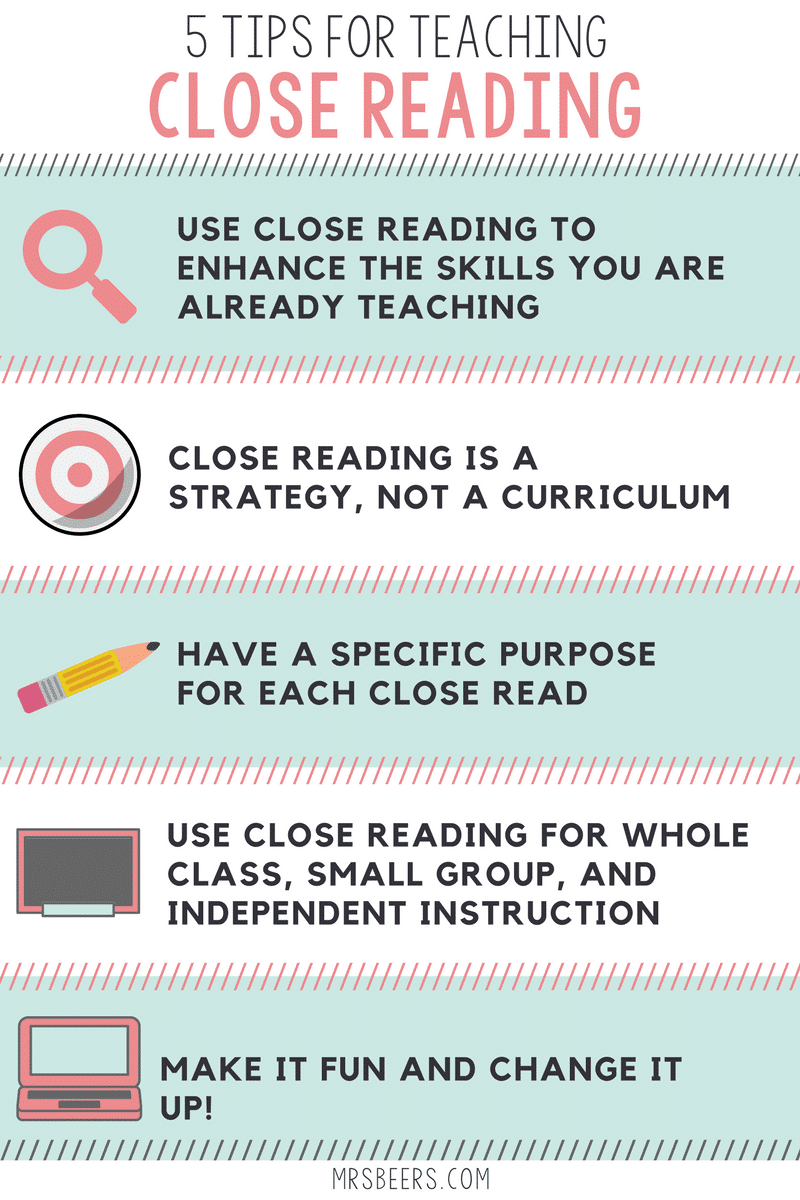
Tip #1: Use close reading to enhance the skills you are already teaching!
Close reading is a reading strategy that works best alongside the learning your students are already tackling. Best practice is not just giving our students reading passage after passage and having them respond to the text-based questions. Instead, find passages that enhance the work you are doing with students.
For example, I have used the passage How to Make a Valentine during our work with order and sequence. Through the close reading process, my students could read the selection multiple times in order to identify clue words of order and sequence, the organization of the text, and any connections to the title and process shared in the text. This one-page, seasonally relevant reading passage kept their focus and targeted the skill of being able to identify characteristics of informational text with the order and sequence of text structure.
Tip #2: Close reading is a strategy, not a curriculum.
In my ELA classroom, I focus on helping my students enhance their LOVE of reading. While reading one-page passages is a PART of our learning, it is NOT THE CORE of what we do each day. Our core ELA curriculum includes literature circles, read alouds, and our favorite novels. My GOAL is to enhance my students love of reading and help them become lifelong readers. I teach specific reading skills that my students MUST have to be thoughtful and critical readers as they analyze and respond to text, which is where mini-lessons and close reading come into play.
To emphasize the goals of our close reading, I teach my students FRUIT! The FRUIT acronym is an easy way for my students to remember all that I want them to do when tackling a passage using close reading. It is memorable and can be done with both digital and printable reading selections.
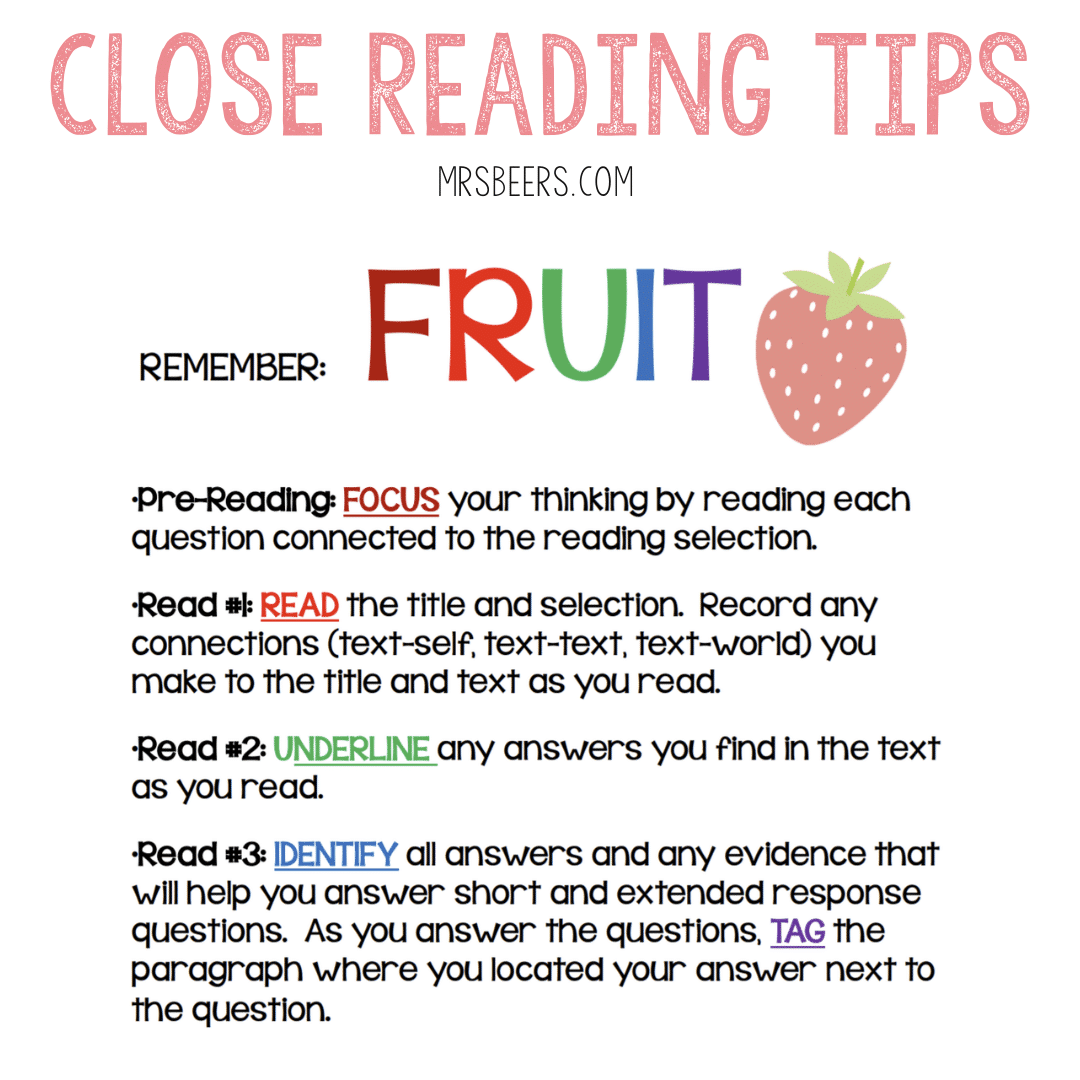
Tip #3: Have a specific purpose for each close read.
Do your students need greater focus on citing evidence from a text? Are you wanting students to make connections to make sense of what they are reading and physically mark up their reading selections? Do you want students to enhance their work with literal questions? When choosing close reading passages to share, have a specific purpose for making your selection. Be careful not to assign close reading just to keep students busy. Otherwise, they will grow to hate it, and the benefit will be completely diminished.

Tip #4: Use close reading across whole class, small group, and independent instruction.
My students have very diverse reading levels, skill sets, and needs. I have some students that grasp concepts very quickly and easily, while others take more time to show their understanding. While I teach the close reading process to ALL of my students, not everyone needs to be reading a text multiple times and marking it up to show their thinking ALL OF THE TIME.
Close reading activities can be used with the whole class in order to navigate the different text structures. It can also be used with intervention groups and independent reading times. The key is to differentiate the need for close reading instruction to meet your students’ needs.

Tip #5: Make it FUN and ChANGE it UP!!
Selecting reading passages that match the interests of your students is important for keeping them engaged and on task. Incorporating seasonal themes, sports passages, and current events are just some of the ways you can boost interest levels during reading instruction.
Differentiation is also important, and this can be easily achieved in a couple of ways. First, you should rotate through different types of text passages. Informational texts are easy enough to find, but don’t forget to include samples of poetry, fables, and fiction as well. Second, use different types of comprehension assignments. Reading comprehension questions are easy and valuable, but journal prompts and word-work activities should also be included.
If you are looking for high-interest reading passages with comprehension activities, I have created several close reading resources that cover the concepts I shared here. This bundle features over 60 reading passages, organized by month to give you fresh selections any time of year. These can be used for weekly reading homework, center work, read-to-self, read-to-someone, whole-class strategy work, or one-on-one intervention. Click the image below to learn more…
